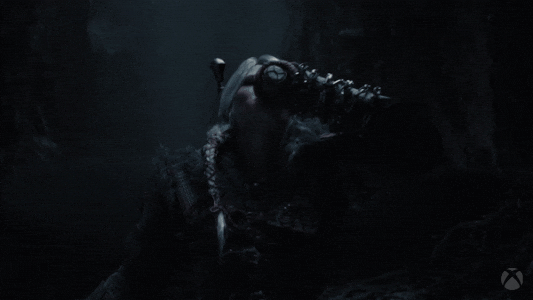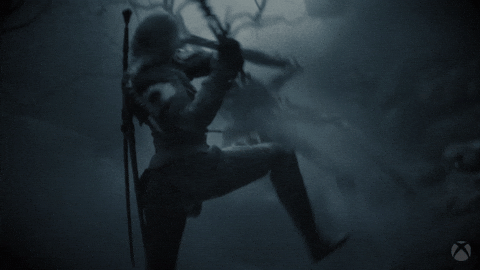Witcher 4: Confronting Open World Fears in a New Era with Unreal Engine 5

As anticipation builds for the next installment in the acclaimed series, many express Witcher 4 open world concerns. CD Projekt Red’s decision to use Unreal Engine 5 raises questions. How will they create an experience that lives up to its predecessors? Currently, Witcher 4 is in full production. Nearly half of CD Projekt Red’s developers are dedicated to this ambitious project. This commitment is clear as the game enters its most intensive phase of development. The pre-production period began in 2022, and the anticipated release window is set for late 2025 or possibly into 2026.
A Risky Engine Transition Impacting Witcher 4’s Open World
Initially, the decision to transition from their proprietary engine to Unreal Engine 5 generated significant hype. However, given the recent disasters faced by other open-world titles like STALKER 2: Heart of Chernobyl and Lords of the Fallen, I can’t help but feel apprehensive about the direction Witcher 4 is taking.

Do I doubt CDPR’s ambition and capability to craft a GREAT Witcher world and story? Hell nahhhh! Their track record in delivering engaging main quests, side quests, and rich character development speaks volumes. I have immense love for both Witcher 3 and Cyberpunk, but my concerns lie primarily in the technical execution of the game.
Unreal Engine 5: A Double-Edged Sword for Open World Games
While Unreal Engine 5 boasts impressive visuals, I worry that it may be better suited for linear experiences rather than expansive open worlds. Sure, it looks stunning, but it’s not the only engine capable of delivering beautiful graphics. Despite its many developer-friendly features, I still have reservations about how well it will optimize gameplay in an open-world setting.
The Witcher 4 is expected to maintain a map size similar to that of its predecessor, The Witcher 3. However, this raises critical questions about whether the game can avoid common pitfalls of sprawling open worlds that lack meaningful content. Critics warn that an expansive map could lead to vast empty spaces that detract from immersion. With so many open-world games flooding the market, it’s essential for CDPR to innovate rather than merely replicate past successes.
Embracing Verticality in Exploration to Counter Witcher 4 Open World Concerns
One promising avenue for The Witcher 4 lies in its potential to introduce verticality into its world design. Unlike its predecessor, which primarily operated at ground level, there are calls for more multi-layered exploration opportunities reminiscent of titles like Elden Ring. Incorporating underground areas and rooftops could significantly enhance player engagement with the environment. Improved climbing mechanics could also help. By encouraging curiosity-driven exploration and minimizing reliance on map markers, CDPR could create a truly immersive experience that stands out in today’s open-world landscape.

In conclusion, while my excitement for Witcher 4 remains high due to CDPR’s impressive storytelling and world-building capabilities, my concerns about its technical execution continue to linger.
As we await further updates on this ambitious project, I encourage you to check out my previous blog post title “Days Gone Remastered: A New Dawn for Deacon St. John?“. Here’s hoping CDPR can deliver a polished experience that meets our sky-high expectations!
2 thoughts on “Witcher 4: Confronting Open World Fears in a New Era with Unreal Engine 5”
- Pingback: Epic Games' Weekly Freebies: A Treat For Gamers! - Board Activity
- Pingback: Black Myth Wukong NG+: A Fresh Look at the Adventure in 2025
Comments are closed.



Leave a Comment